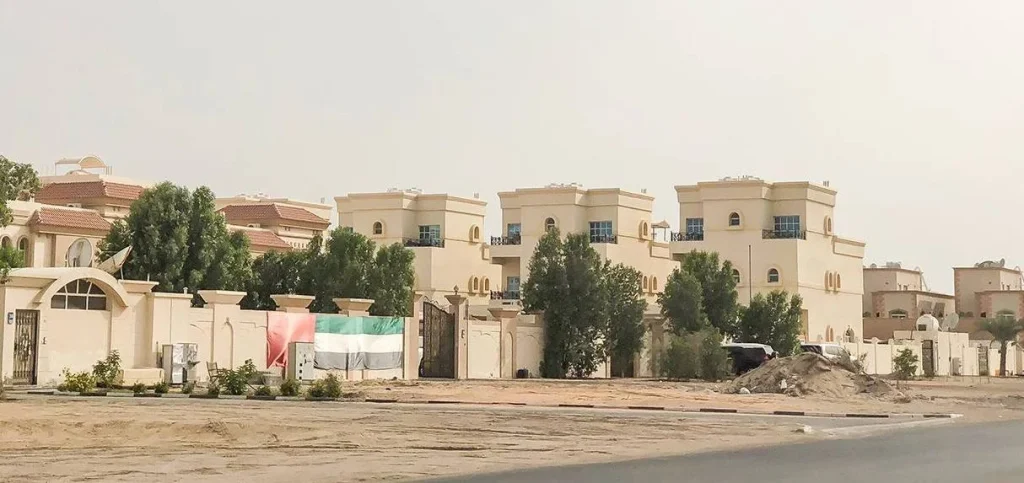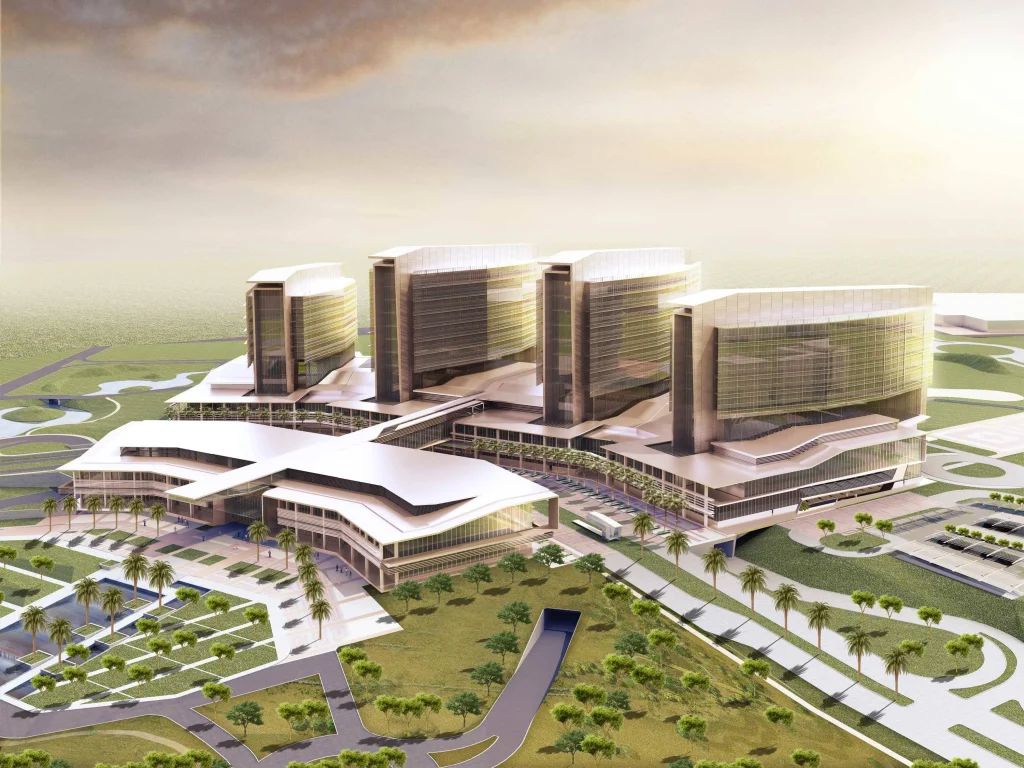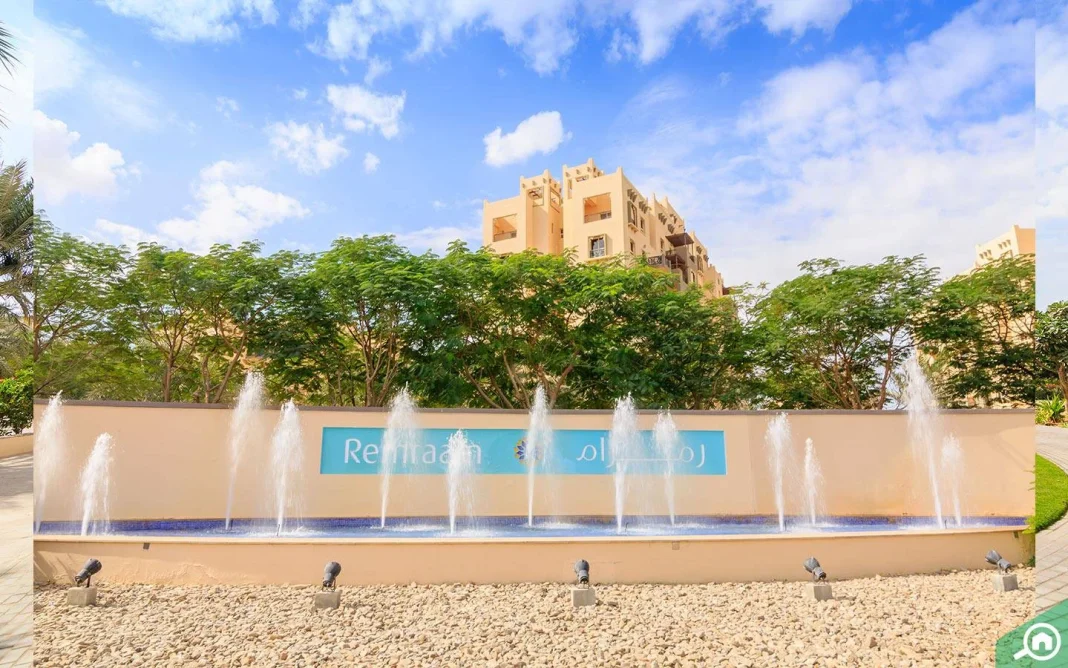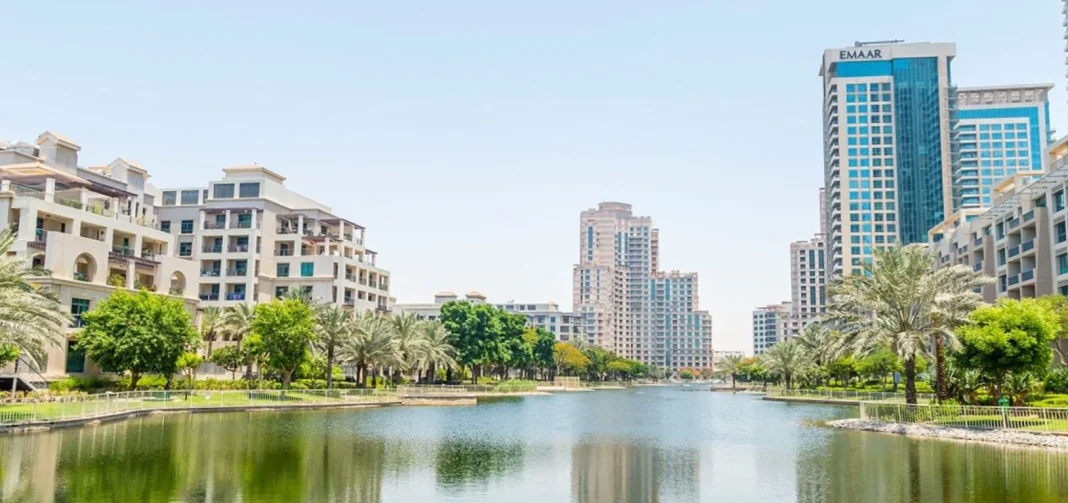The dynamism of Abu Dhabi is undeniable, a city that keeps reinventing itself and expanding its urban horizons at a pace that astonishes. In this context of constant growth, Shakhbout City emerges powerfully as a unique attraction for investors and developers seeking more than just the density of the nerve center; they seek space, a vision for the future, and opportunities for sustained growth. This area, previously known as Khalifa City B, is transitioning from being a promise to becoming a tangible reality that redefines the residential and commercial boundaries of the emirate, capturing the attention of both local and international capital that sees a fertile canvas for ambitious and long-term profitable projects.
The question that lingers in the investment atmosphere is not if Abu Dhabi will continue to grow, but where the most exciting opportunities will materialize in the coming decades. For many, the answer decidedly points towards strategically planned peripheral areas, and this is where this developing urban center plays a leading role. It is not simply a matter of further territorial expansion, but a calculated commitment to an urban development model that balances the need for space with the creation of integrated communities, offering an attractive alternative to the saturation of the main island and painting a promising future for those who decide to bet on its potential now.
A BLANK CANVAS: GENEROUS SPACE FOR AMBITIOUS PROJECTS

One of the most evident advantages that Shakhbout City offers is undoubtedly the availability of land on a scale difficult to find in the more consolidated areas of Abu Dhabi. While the heart of the capital is characterized by high density and vertical developments, this area offers vast plots that allow for the conception of lower-rise projects, predominantly villas and low-rise residential buildings, favoring a more open and spacious urban environment.
This generosity of space not only responds to a growing demand for single-family homes and quieter environments but also opens the door to the integration of extensive green zones, parks, and community facilities that enhance the quality of life for its residents and attract families seeking a different lifestyle.
This spatial factor translates directly into a considerable economic advantage for investors and real estate developers. The initial cost of land in Shakhbout City, although increasing due to its growing popularity, remains significantly more competitive than central locations such as Abu Dhabi Island or Al Reem Island.
This price difference allows developers not only to optimize their profit margins, but also to offer real estate products at more affordable prices for the final buyer, thus expanding the potential market and ensuring greater absorption of new developments. The possibility of developing large-scale projects, with phases planned over time, adds another appeal for major capital seeking robust and forward-looking investments.
STRATEGIC PLANNING: ABU DHABI’S VISION OF THE FUTURE TAKES SHAPE
The development of Shakhbout City is not a result of chance or uncontrolled organic growth, but rather responds to careful governmental planning framed within Abu Dhabi’s Economic Vision 2030. Emirati authorities identified long ago the need to decentralize urban growth, creating new self-sufficient development hubs that relieve pressure on the center and offering high-quality residential and commercial alternatives in the continental periphery. Within this framework, this planned city stands as a crucial piece, designed from its inception to host a considerable population with all the necessary services to guarantee excellent quality of life and foster a strong sense of community.
The confidence generated by this master planning acts as a magnet for long-term investment. Investors see in Shakhbout City not only available land but an urban project that is coherent and backed by a governmental strategic vision that includes the progressive development of key infrastructure such as efficient road networks, public transport, educational centers, healthcare facilities, and commercial and recreational spaces. Knowing that there is a well-defined master plan, guiding growth in an orderly and sustainable manner, minimizes risks and ensures that the value of real estate investments tends to appreciate as the area matures and completes its development as planned.
CONNECTIVITY AND ACCESS: THE ARTERIES DRIVING GROWTH
Although perceived as an expanding area distant from the central bustle, Shakhbout City’s location is strategically advantageous in terms of connectivity. Situated on the mainland, it enjoys fast and direct access to some of the emirate’s main highways, such as the E11 (Sheikh Zayed Road) and the E20, which connect it efficiently both to the center of Abu Dhabi and to the neighboring emirate of Dubai. This excellent road communication is crucial not only for residents working in other areas but also for the logistics of companies that may establish themselves in its future commercial or light industrial zones.
In addition to the existing road links, infrastructure development plans include continuous improvements that will further enhance Shakhbout City’s accessibility. Proximity to Abu Dhabi International Airport is another advantage, facilitating international travel for residents as well as potential investors or visitors. Future expansions of the public transportation network, including possible improved bus connections or even future light rail lines, are expected to further integrate this area into the metropolitan fabric, consolidating its appeal as a well-connected and easily accessible location from any key point in the emirate.
A MAGNET FOR FAMILIES: QUALITY OF LIFE AND A GROWING COMMUNITY

The predominant profile of Shakhbout City is markedly residential and family-oriented, a factor that drives a constant and stable demand for housing. The real estate offerings, focused on spacious villas and townhouses with private gardens, directly cater to the preferences of many local and expat families seeking a calmer and safer environment to raise their children, away from the hustle and density of more central areas. This emphasis on family living is complemented by a community atmosphere that strengthens as the population grows and neighborhood bonds are established, creating a place where people not only live but belong.
To sustain this family appeal, the development of Shakhbout City is accompanied by the gradual incorporation of essential services and facilities. Existing and planned schools offering various curricula, healthcare centers, supermarkets, small commercial areas, and notably, large parks and play areas that encourage outdoor living and well-being, form a key part of this infrastructure. The creation of these social and service infrastructures, fundamental for consolidating a thriving and self-sufficient residential community, is precisely what attracts investors who recognize that quality of life is a key driver for real estate demand and long-term appreciation.
POTENTIAL FOR APPRECIATION: INVESTING TODAY WITH AN EYE ON TOMORROW
Investing in Shakhbout City today is largely seen as a bet on the potential for future growth and the resulting appreciation of assets. The area is in a development stage that many compare to the early stages of other areas in Abu Dhabi that are now established and highly valuable benchmarks, such as Khalifa City A or Al Raha Gardens. Investors who entered those areas early achieved significant returns, and there is a reasonable expectation that Shakhbout City will follow a similar trajectory, as its planning materializes, its infrastructures are completed, and its residential community settles and expands.
The investment appeal of Shakhbout City does not reside in a single factor but in the convergence of all the mentioned elements: the availability of space at competitive prices, the backing of a governmental strategic plan, continuous improvements in connectivity, a clear focus on family quality of life, and, as a result of all this, a strong potential for medium- and long-term capital appreciation. The investment flows it is currently attracting reflect the market’s confidence that this planned city is not just a solution to present space needs, but a key piece in the future urban and economic framework of an ever-evolving and growing Abu Dhabi.



